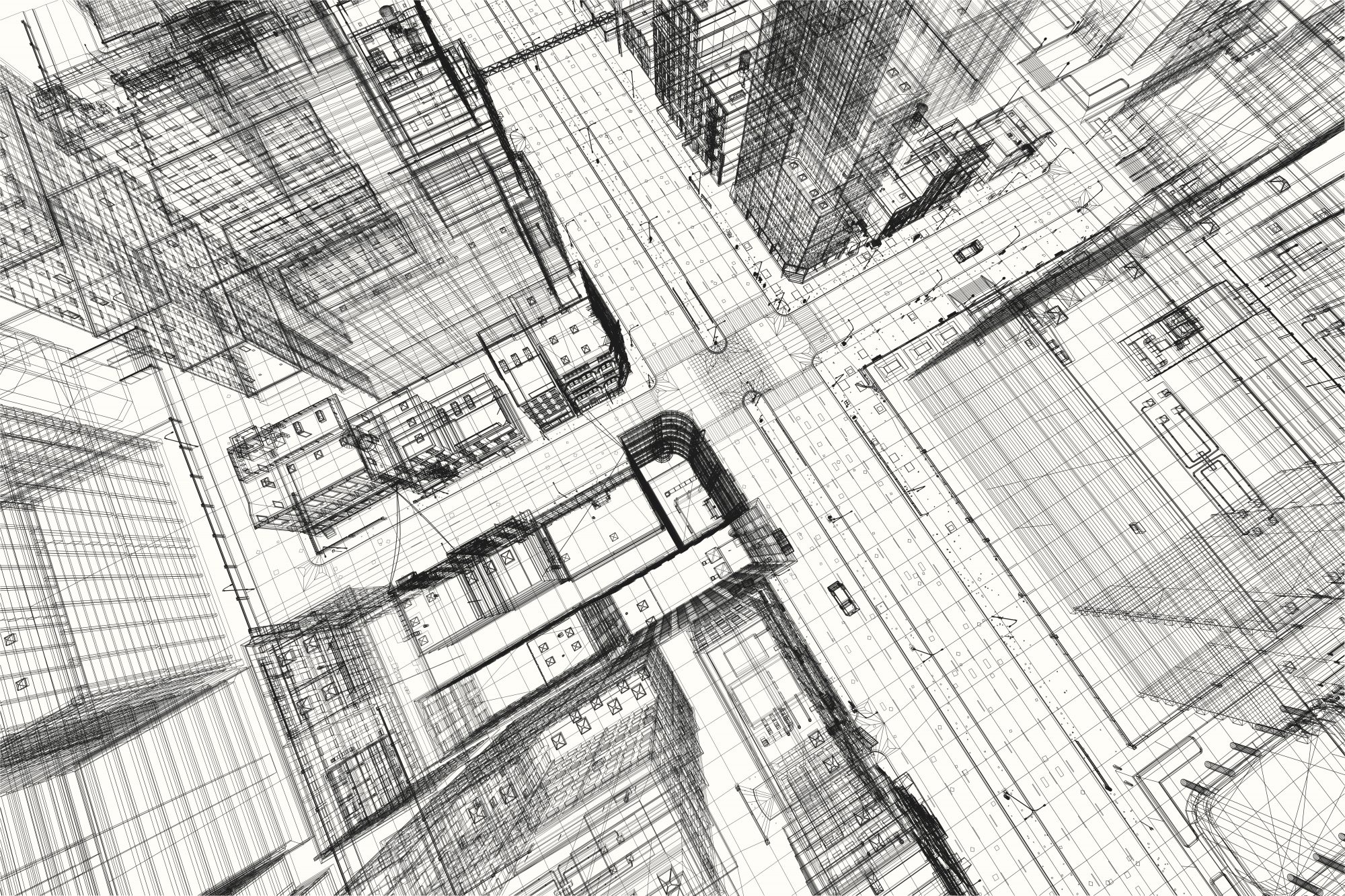The potential for BIM/VDC technology to revolutionise construction beyond the design and planning phase remains undeniable. What we need is a new approach, and new technology, says Simon Bae, CEO and co-founder of Cupix
People familiar with BIM/VDC technology know how valuable it can be in the planning stages of a construction project, especially complex, asset-intensive builds that require extra careful planning.
The problem is that once a job starts, an enormous gap begins to form between what you’ve designed and what’s being built, and the value of your 3D model quickly diminishes.
It often goes something like this: construction begins, a painstakingly crafted 3D model gets squashed into 2D site documentation, on-site changes get made, and – before you know it – that 3D model no longer bears any resemblance to what’s actually getting built.
Call it the disconnect between as-designed and as-built.
Fortunately, a transformational new approach to BIM/VDC technology is making it useful across the entire life cycle of any construction project – before, during and after it’s been built.
Ease of use, streamlining collaboration
Job number one was making BIM/VDC technology more accessible to more construction professionals.
While more than 90% of construction engineers are familiar with the technology in general, less than half think they have the training required to take full advantage of it. Combine that with uncertainties around ease of use, interoperability and collaboration, and, too often, BIM/VDC has been thought of as a technology that’s suited only for large, complicated projects.
But that’s not true. Thanks to more intuitive user interfaces and streamlined collaboration tools, BIM/VDC technology delivers value for projects of virtually any size and level of complexity. What’s more, this new approach makes BIM/VDC extremely valuable to the people who design, own, build, and manage the property. It’s a win-win for everybody involved.
That’s because there’s value – for any construction project – in BIM remaining an accurate reflection of the as-built environment across planning, construction and post-construction – not just at the beginning.
Being able to immediately see the differences between the original design intent and the as-built environment across construction and post-construction sounds great. But until recently, it’s been easier said than done.
Thanks to recent advances, today tracking construction progress against the BIM model is now possible with a standard walk-through with a consumer-quality 360 camera. As a result, construction pros can see (or show) what’s going on at a site at any given moment, anticipate problems before they happen, and manage complexities and changes remotely.
In short, this new approach to BIM/VDC platforms adapts to how you work instead of the other way around.
Unleashing the full potential of BIM/VDC
Ultimately, it all comes down to the ease and flexibility of site capture. Using only a consumer-quality 360 camera, builders can now conduct a simple walk-around to capture the latest updates of their site, which are then uploaded and used to track construction progress against the original design intent or project schedule.
Video, cluster and drone shots are also available for harder-to-capture spaces, whether they’re indoors, outdoors, in the dark or above the ceiling. In other words, no part of your as-built environment remains in the dark. This means every part of your BIM model always adds value, even after construction begins and the change orders start rolling in.
Similarly, this new approach to BIM/VDC has cracked the code on secure collaboration and customisation. If your team has well-established processes, great. And if you and your team are new to using BIM/VDC post-planning, templates will get you up and running quickly.
All of which is fine, but what about cost? If BIM/VDC isn’t affordable, what good is it?
And that’s where you’ll see some varied approaches. Some vendors charge customers based on a percentage of their overall project budget. Others base pricing on how much and when you use the solution.
While the pricing model that works best for your organisation depends on your specifics, one thing is clear: a new wave of BIM/VDC technology holds a lot of promise for builders and owners of just about any size whether they’re planning their next project, building their next facility, or managing a portfolio of properties.














